
National Film Archive of Japan
Preserving and celebrating Japan's rich cinematic history through archives, exhibitions, and unique film screenings.
Highlights
Must-see attractions
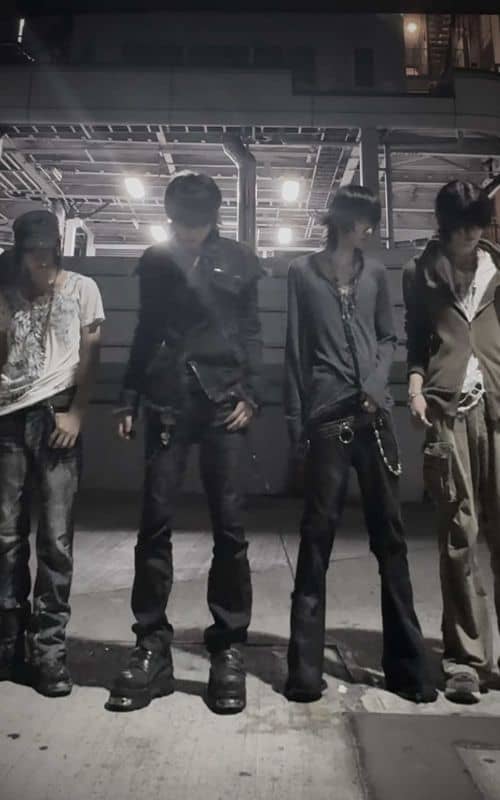
Social
From TikTok & Reddit
Best Time
Unique film events and retrospectives

National Film Archive of Japan
Best Time
Unique film events and retrospectives
Highlights
Must-see attractions
Preserving and celebrating Japan's rich cinematic history through archives, exhibitions, and unique film screenings.
"A must-visit for any fan of Asian and Japanese movies, offering a fabulous collection at a fair price."
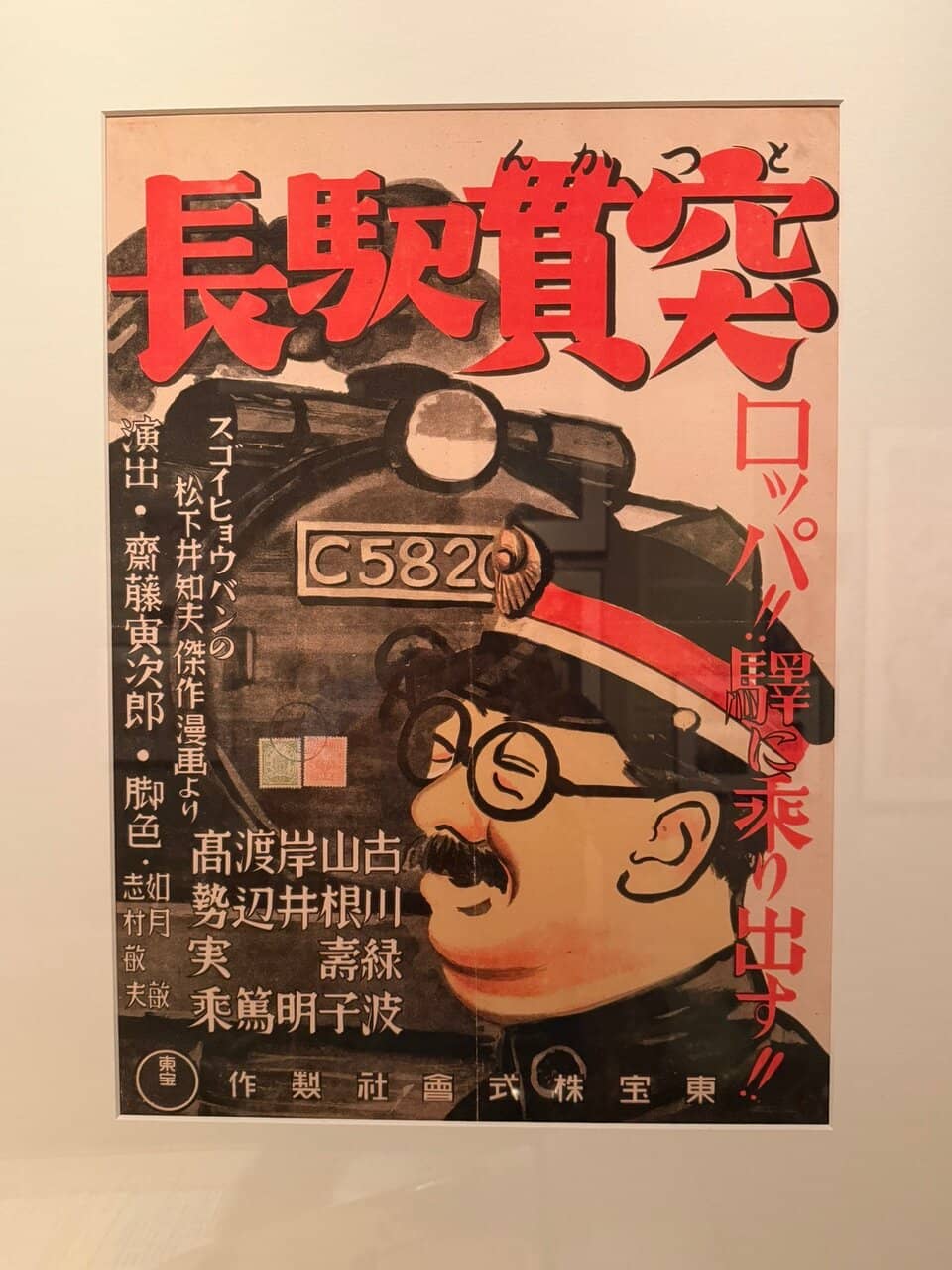
🎟️ Check Screening Schedules
Special screenings, especially with Benshi, are popular. Book ahead!
💰 Fair Admission Price
For 250 yen, you get access to a lot of film history.
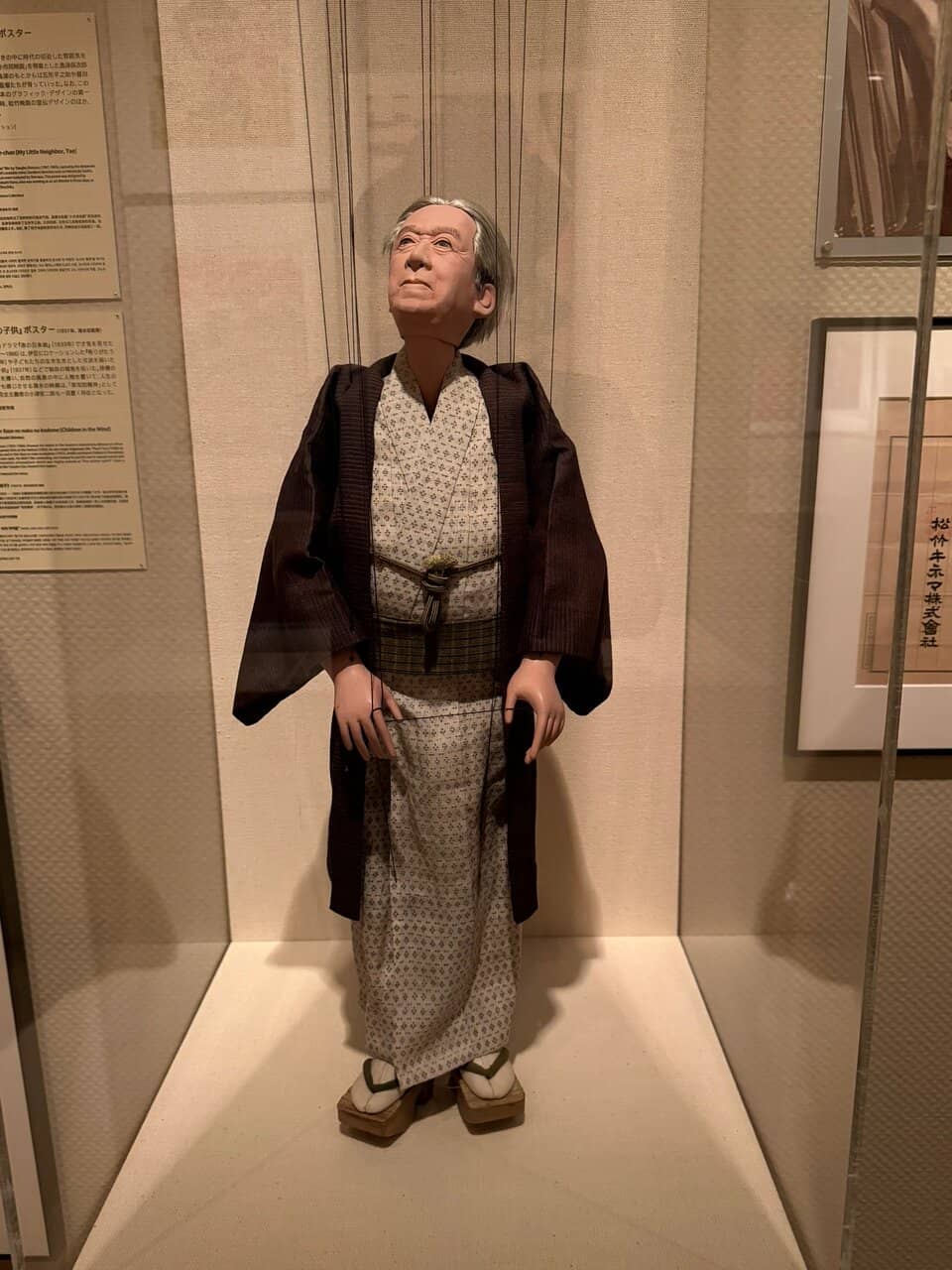
Highlights
Discover the most iconic attractions and experiences
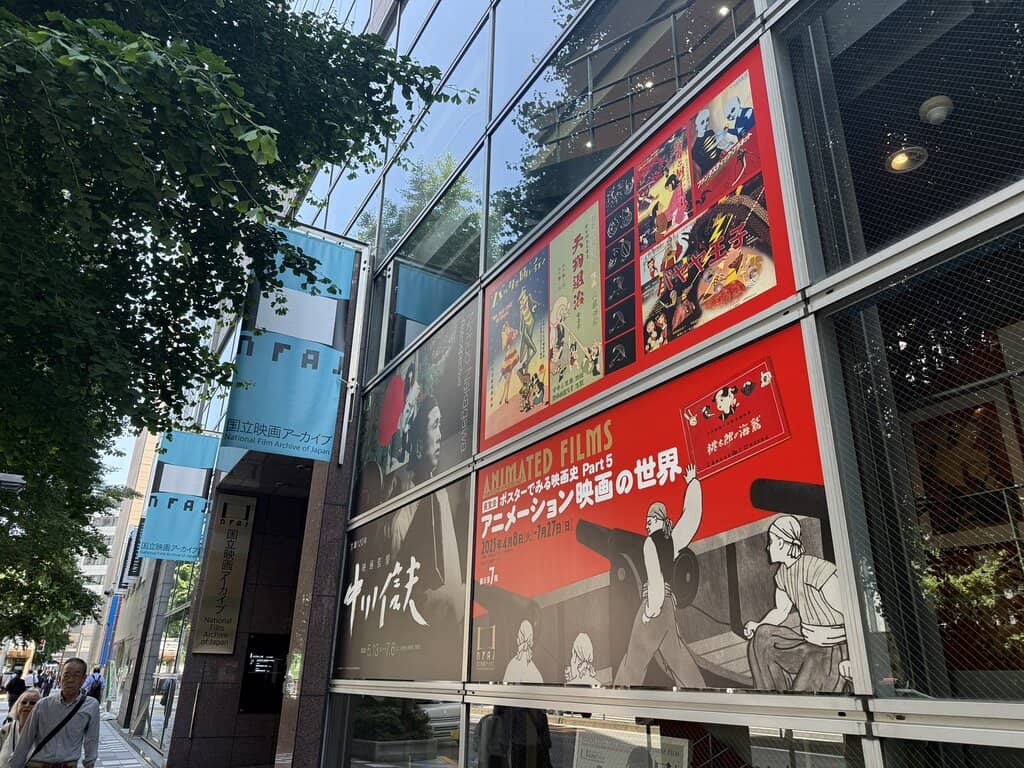
Silent Film Screenings with Benshi
Screening Hall
Experience classic Japanese silent films with live narration by a Benshi and musical accompaniment. A truly unique cultural immersion.
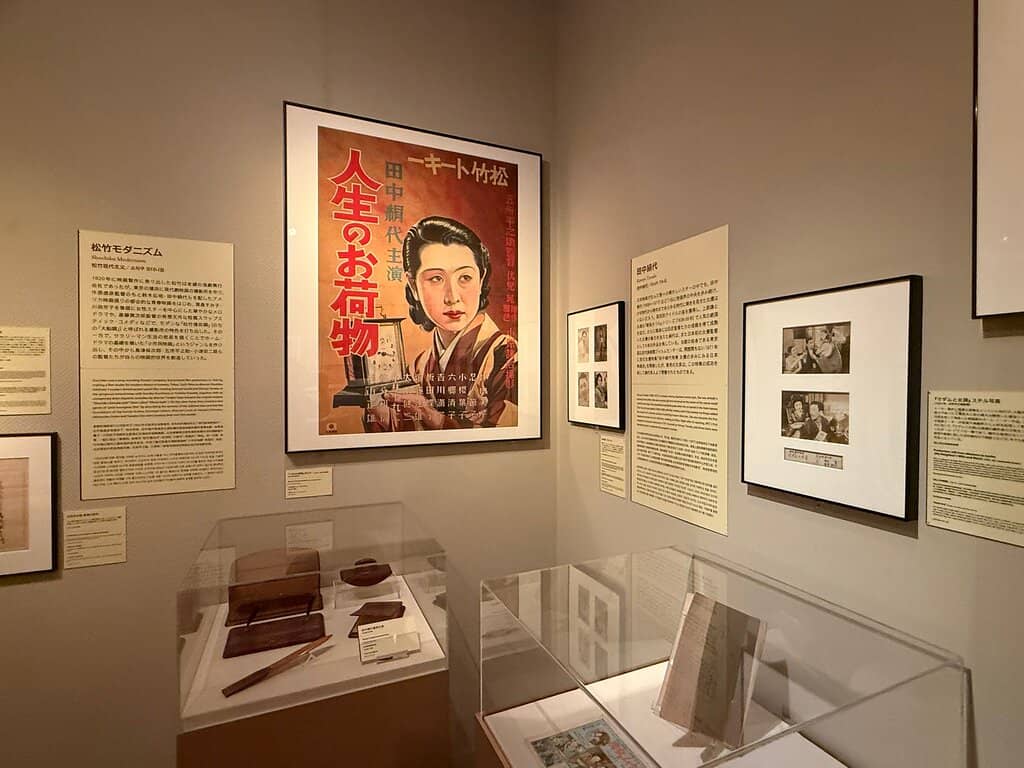
Historical Film Exhibitions
Exhibition Floors
Explore artifacts, memorabilia, and historical context of Japanese cinema, from early cameras to iconic film posters.
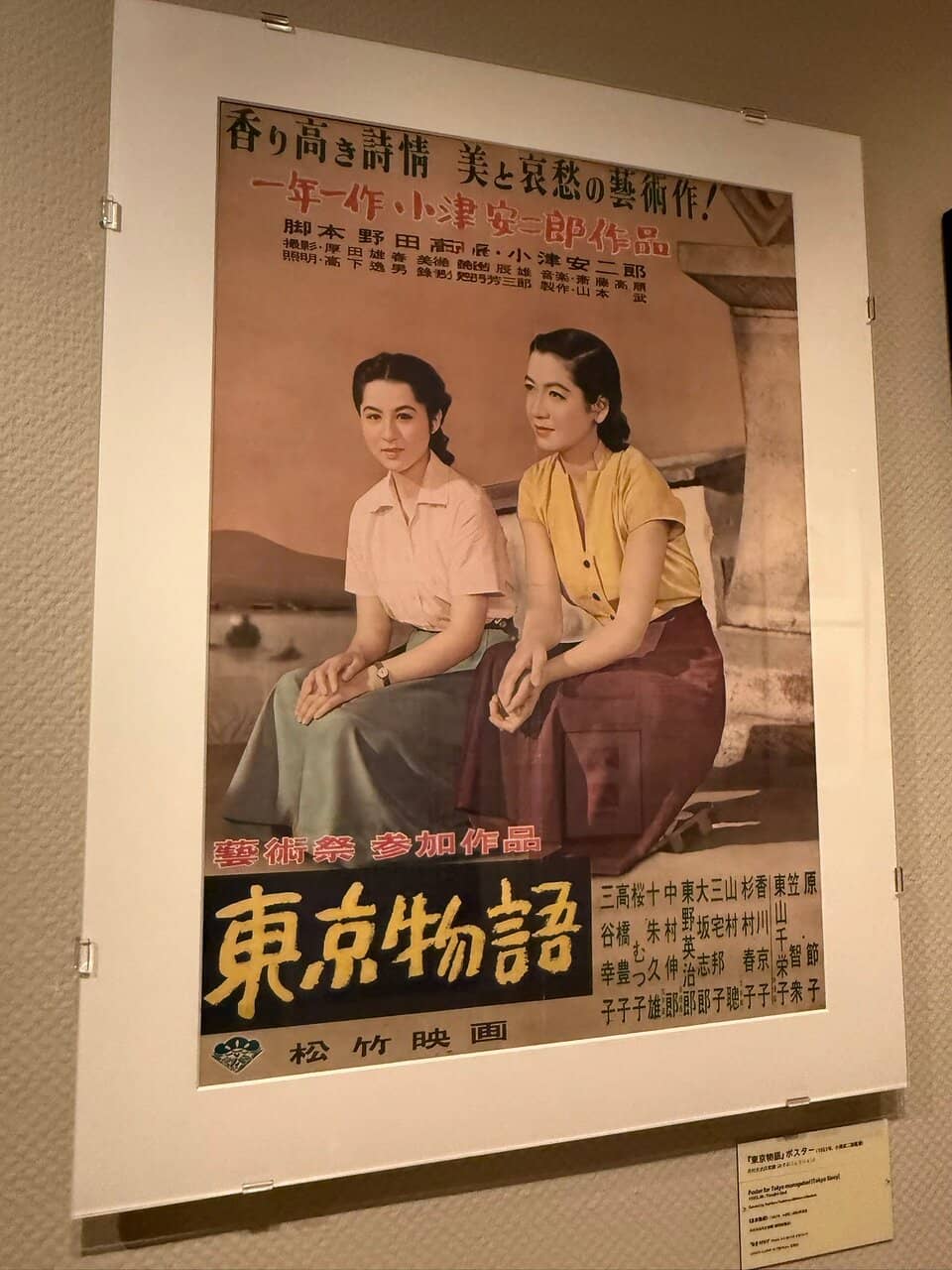
Rare Archival Footage
Screening Hall & Exhibitions
See glimpses of historical Japan, like Kyoto in 1928, brought to life through meticulously preserved film.
Plans like a pro.
Thinks like you
Planning Your Visit
Timing Your Visit for Film Buffs
Navigating the Archive
Best Times
Insider Tips
from TikTok, Instagram & Reddit
🎟️ Check Screening Schedules
Special screenings, especially with Benshi, are popular. Book ahead!
💰 Fair Admission Price
For 250 yen, you get access to a lot of film history.
📍 Near Tokyo Station
Conveniently located in Kyobashi, close to major transport hubs.
🎬 Director-Specific Museums
For deep dives on directors like Ozu, consider dedicated museums too.
Tips
from all over the internet
🎟️ Check Screening Schedules
Special screenings, especially with Benshi, are popular. Book ahead!
💰 Fair Admission Price
For 250 yen, you get access to a lot of film history.
📍 Near Tokyo Station
Conveniently located in Kyobashi, close to major transport hubs.
🎬 Director-Specific Museums
For deep dives on directors like Ozu, consider dedicated museums too.
📸 Photo Restrictions
Be aware of no-photo zones in special exhibition areas.
What Travellers Say
Reviews Summary
Visitors praise the National Film Archive of Japan for its affordable entry and fascinating collection of Japanese film history, including memorabilia and antique cameras. The unique Benshi screenings are a highlight for many. However, some special exhibitions have been noted as less impactful than expected, with occasional photo restrictions in certain areas.
"Visited here at 3rd Nov.2024.
Didn't know the museum though, my wife took me here.
There are a lot of precious items regarding Japanese Movies.
Yasujiro Ozu, Tomotaka Tasaka, Akira Kurosawa, and so on..
If you like Japanese Movies, here would have value to visit."
T Saka
"A museum where visitors can learn about the history of Japanese cinema. Special exhibitions and screenings are held from time to time, and it is fun to stop by if you find a film or director you are interested in."
K STN
"For 250 yen you see a lot of film history. I just wish the Permanent Japanese exhibit were as big as the rotating foreign one"
Allison Lau
What People Like
What People Dislike
Frequently Asked Questions
🚇 🗺️ Getting There
The National Film Archive of Japan is located in Kyobashi, Tokyo, making it easily accessible. It's a short walk from Kyobashi Station on the Tokyo Metro Ginza Line, or a slightly longer walk from Tokyo Station.
Information regarding on-site parking is limited. It's generally recommended to use public transportation due to its central Tokyo location.
From Shinjuku, take the JR Chuo Line to Tokyo Station, then transfer to the Tokyo Metro Marunouchi Line to Ginza, and walk, or take the JR Yamanote Line to Tokyo Station and then walk or take a short taxi.
Yes, its proximity to Tokyo Station and the Ginza district means you can easily combine a visit with shopping, dining, or exploring other cultural sites in the area.
The Japan Rail Pass covers JR lines, so it can be used to reach Tokyo Station, from where you can walk or take a local subway line to the archive.
🎫 🎫 Tickets & Entry
General admission to the permanent exhibition is very affordable, often around 250 yen. Special exhibitions may have separate or higher admission fees.
While general admission might not require advance booking, it's highly recommended for special exhibitions and screenings, especially those featuring Benshi performances, to secure your spot.
Opening hours can vary, but typically the archive is open from morning to late afternoon. It's best to check their official website for the most current hours and any specific closures.
While not explicitly stated in all sources, national museums in Japan often offer discounted rates for seniors and students. It's advisable to inquire directly or check their website.
Tickets for the permanent exhibition are usually available on the day. However, for popular special screenings or events, purchasing in advance is strongly advised to avoid disappointment.
🎫 🎬 Onsite Experience
The permanent exhibition showcases the history of Japanese cinema, featuring a fabulous collection of memorabilia, antique cameras, film posters, and historical context.
Yes, the archive regularly hosts film screenings, including classic silent films with Benshi narration, retrospectives of directors, and special themed programs.
Photography is generally allowed in designated areas of the permanent exhibition, but it is strictly prohibited in special exhibition areas and during screenings.
Yes, they sometimes host 'Kids' Cinema' events featuring silent films with live narration, making it an engaging experience for younger audiences.
For the permanent exhibition and a screening, plan for at least 2-3 hours. If you're attending a special exhibition, you might need additional time.
📸 📸 Photography
Photography is permitted in most areas of the permanent exhibition, allowing you to capture the historical displays and memorabilia.
Absolutely. Photography and videography are strictly prohibited during all film screenings to ensure the best viewing experience for all patrons.
It's best to avoid using flash photography even in permitted areas, as it can be disruptive and potentially damage delicate artifacts over time. Always look for signage indicating photo policies.
Visitors often capture the vintage film equipment, historical posters, and the unique atmosphere of the archive, especially during special exhibitions that offer unique visual content.
The architecture of the building itself might offer some interesting angles for exterior shots, especially if you're interested in urban photography in the Kyobashi area.
For Different Travelers
Tailored advice for your travel style
👨👩👧 Families with Kids
While the permanent exhibition offers a lot of historical context, younger children might find it more engaging if paired with a specific screening or event. It's a great way to introduce them to a unique aspect of Japanese culture and the history of cinema in a setting that's less overwhelming than larger, more general museums.
🎬 Dedicated Film Enthusiasts
Fans of specific directors like Ozu or Kurosawa will appreciate the archive's collection, though some may also seek out more specialized museums dedicated to these masters. The opportunity to see rare footage and historical artifacts, combined with special retrospectives like the Mikio Naruse series, makes it a rich experience for those with a deep passion for film.
🚶 Day-Trippers from Tokyo
Consider checking the screening schedule in advance to align your visit with a unique Benshi performance or a special exhibition that piques your interest. Even a brief visit to the permanent exhibition provides a fascinating overview of a significant aspect of Japanese culture.
Deep Dives
In-depth insights and expert knowledge
The Magic of Benshi Performances
These performances transform the viewing experience from passive observation to an interactive event. The Benshi's skill in adapting their performance to the film, engaging the audience, and bringing characters to life is truly captivating. It's a rare opportunity to witness a living piece of cinematic heritage, making it a must-see for anyone interested in the evolution of film storytelling.
Exploring Japanese Cinema History
The archive also highlights the contributions of legendary directors like Yasujiro Ozu, Akira Kurosawa, and Mikio Naruse, showcasing their impact on both domestic and international cinema. Special exhibitions delve deeper into specific genres, directors, or historical periods, offering fresh perspectives and insights. For instance, retrospectives like the one for Mikio Naruse commemorate significant anniversaries and provide an in-depth look at a master filmmaker's oeuvre.
Beyond the visual displays, the archive frequently hosts lectures and workshops, providing educational opportunities for enthusiasts and aspiring filmmakers alike. These events, coupled with regular screenings, make the National Film Archive of Japan a dynamic center for learning, appreciation, and the preservation of Japanese film culture.
Special Exhibitions: A Mixed Bag
However, a few reviews suggest that certain special exhibitions might not always meet expectations, particularly when compared to the general admission price or when expecting a more international or alternative art focus. For example, one visitor found a horror-themed exhibition to be primarily composed of standard posters with Japanese titles, lacking the more diverse poster art they had hoped for.
It's advisable to check the details of current special exhibitions online before your visit. If a particular theme or director resonates with you, these exhibitions can be incredibly rewarding. However, if you're primarily interested in a broad overview of Japanese film history, the permanent collection and regular screenings are consistently excellent.
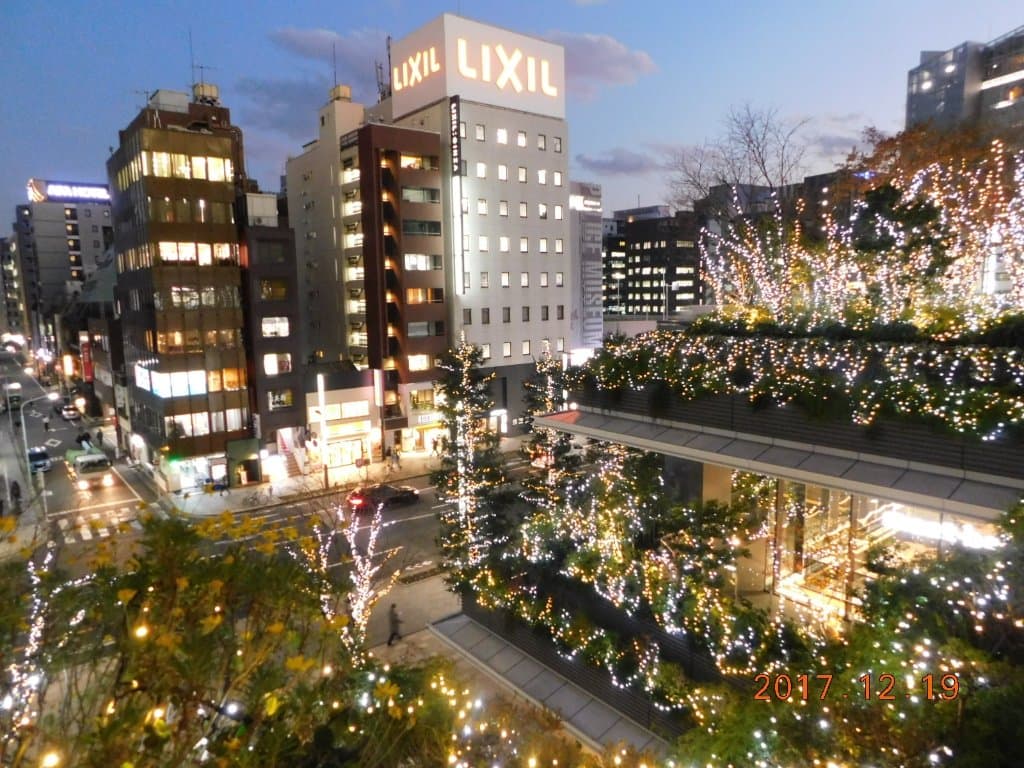


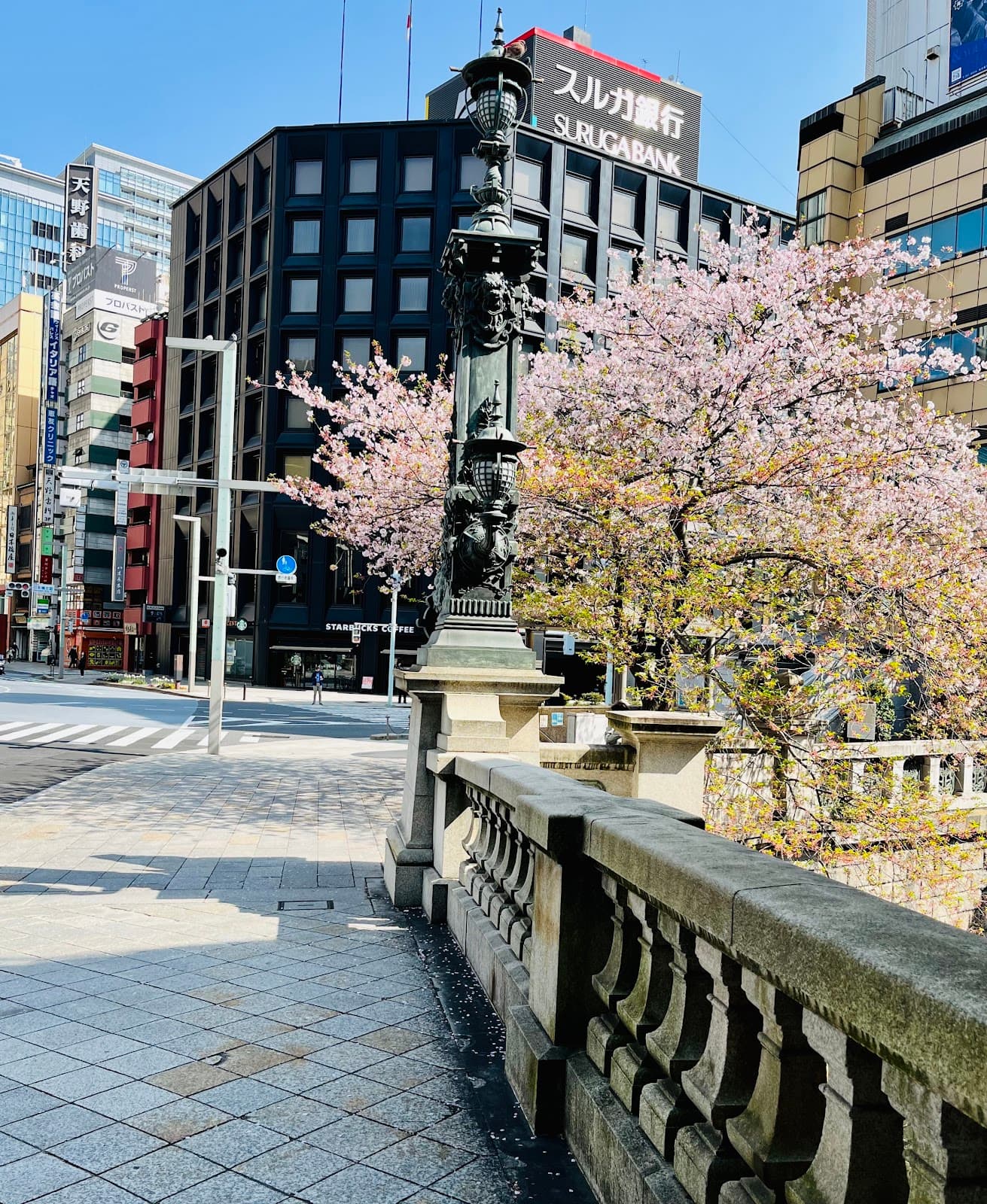

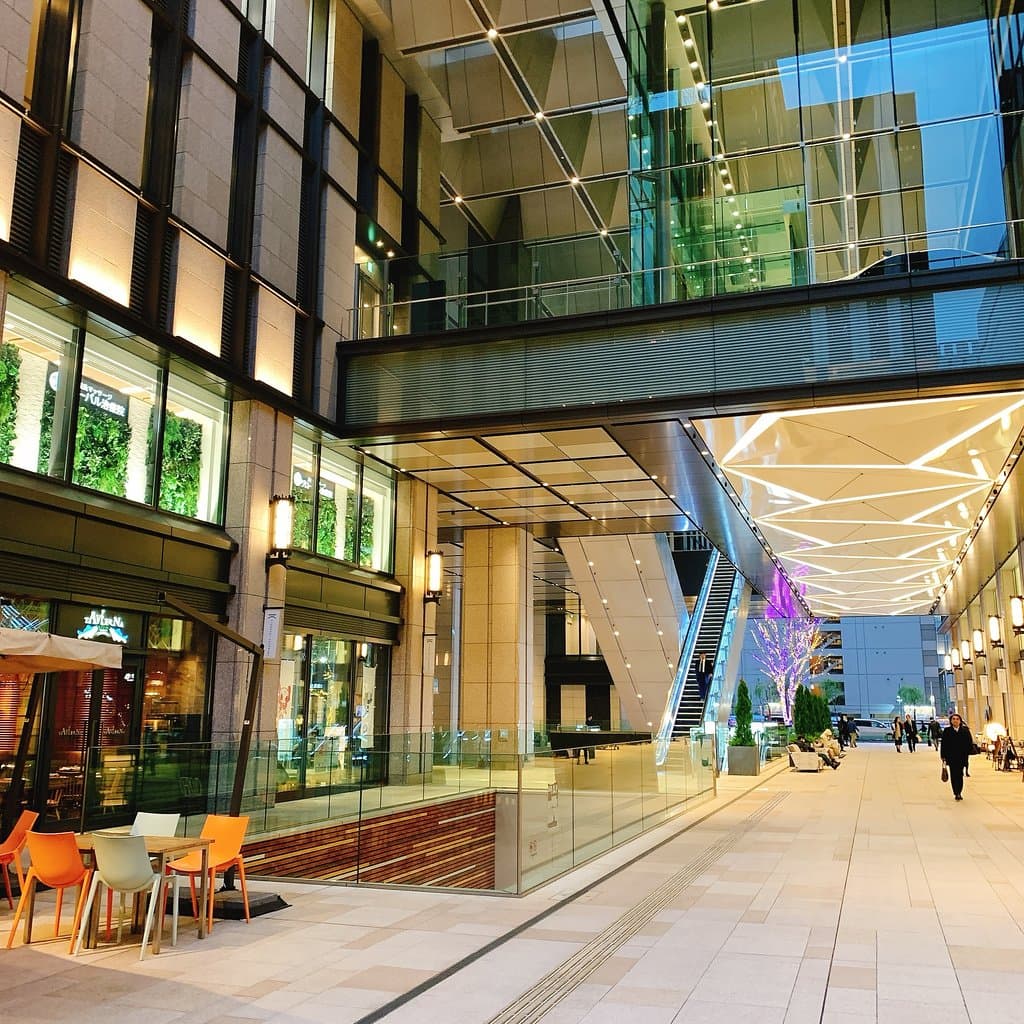
Social
from TikTok, Instagram & Reddit